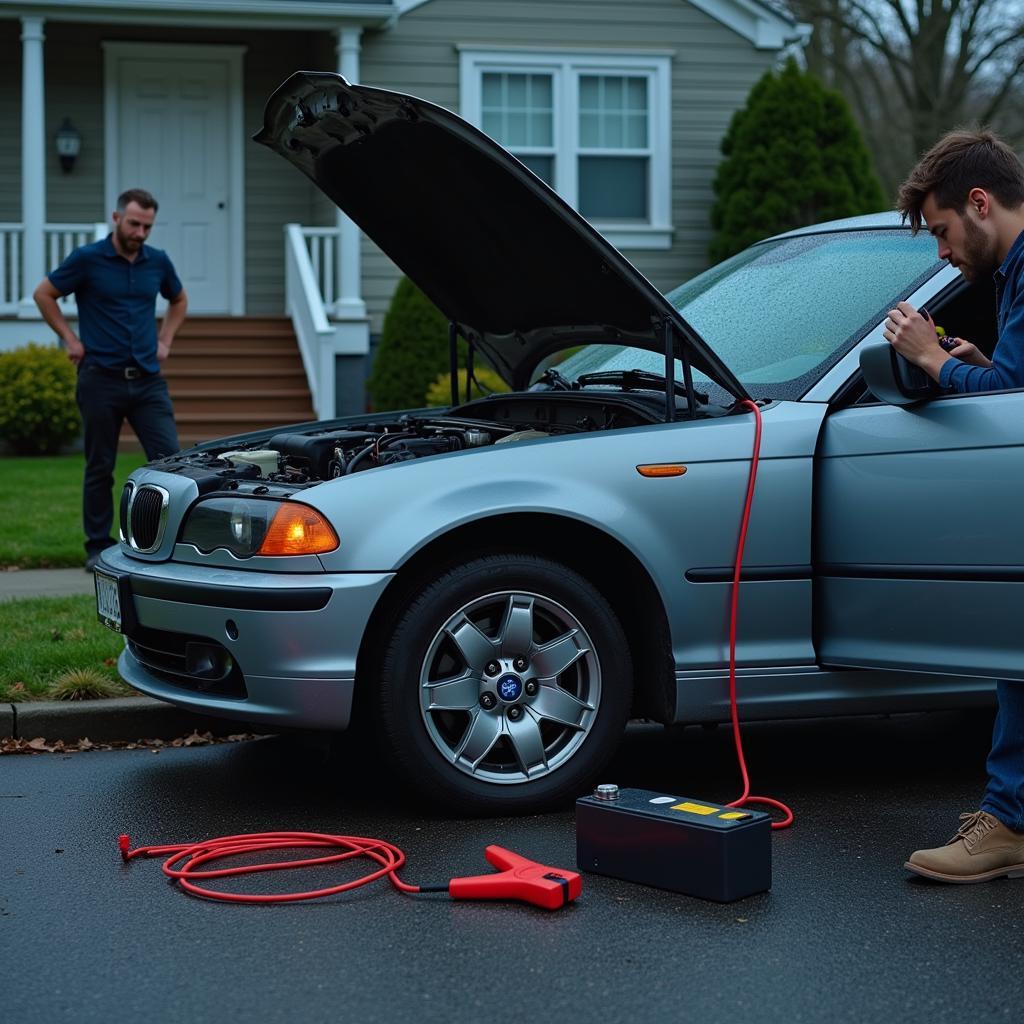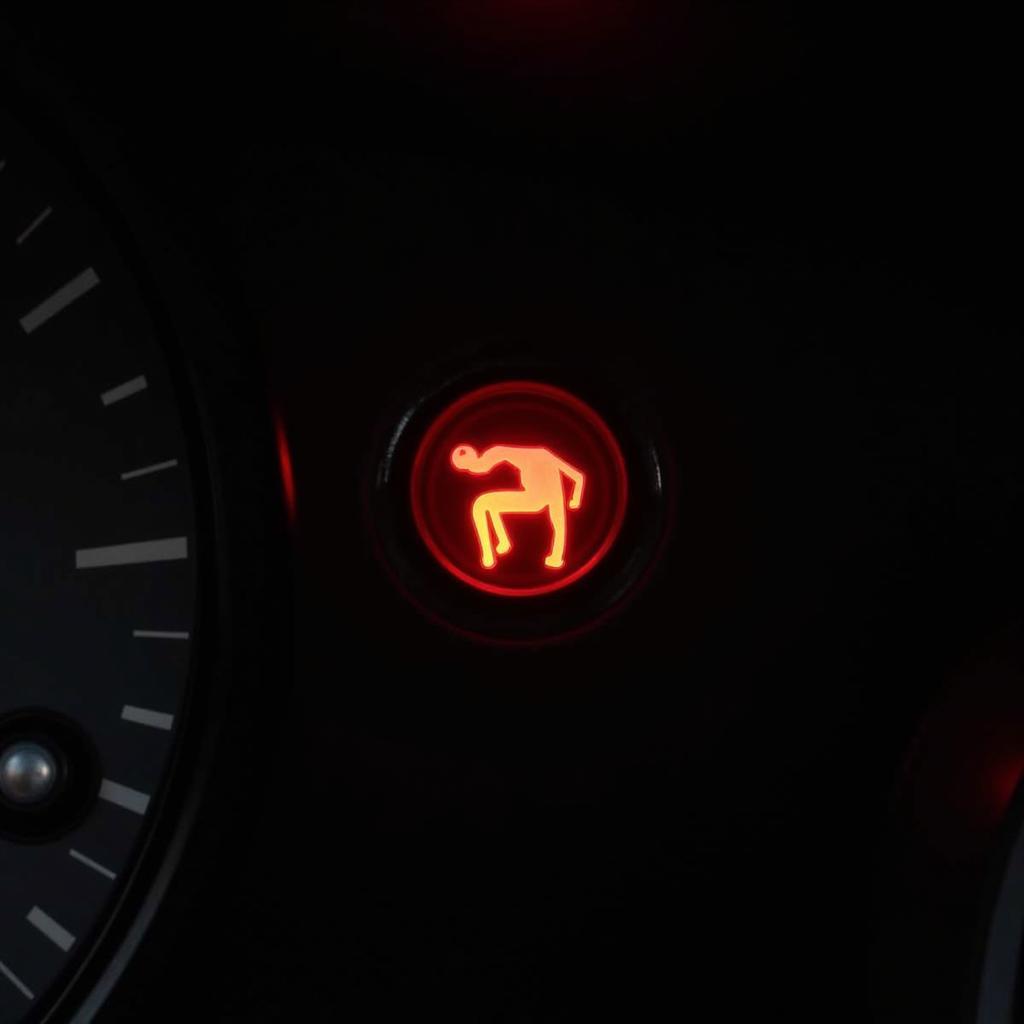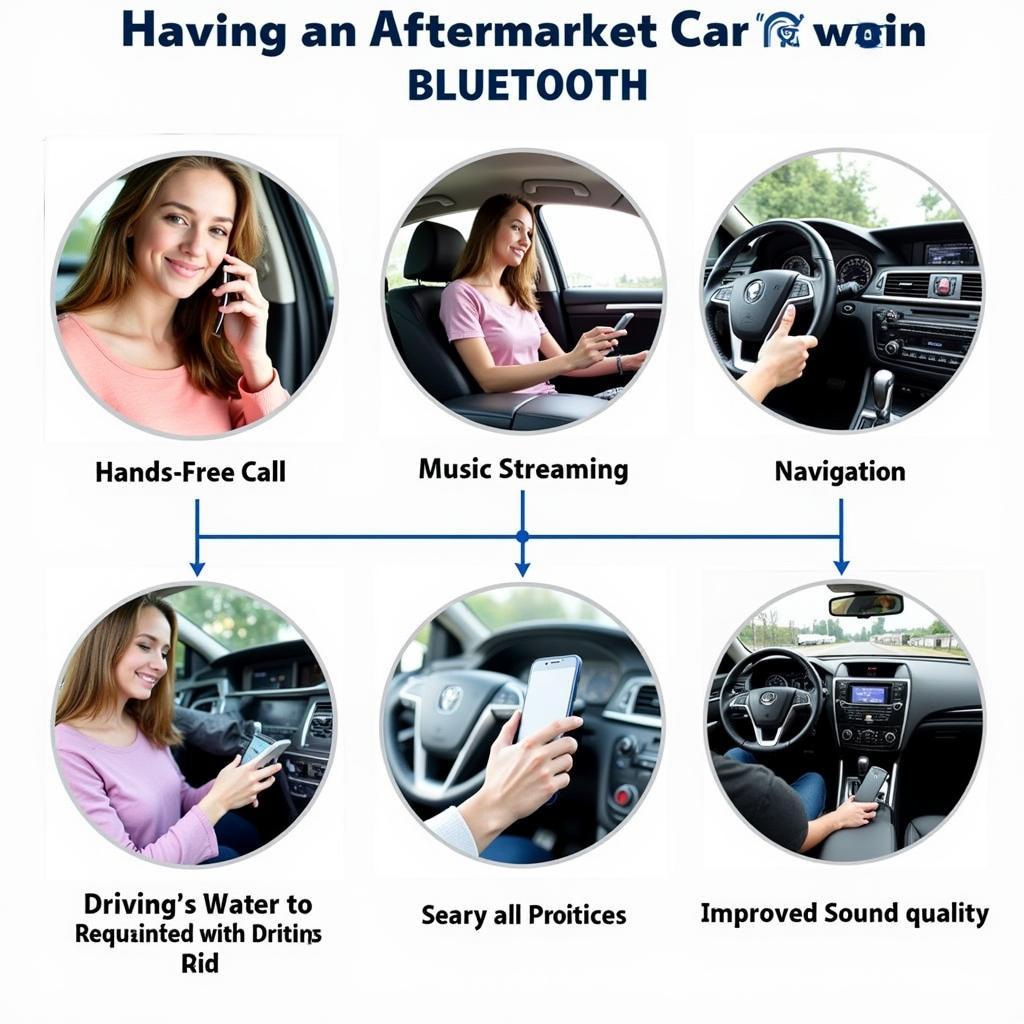Your car battery died after not driving for a while? This is a frustratingly common problem, but understanding why it happens and knowing how to address it can save you time, money, and a lot of hassle. This article dives deep into the reasons behind a dead battery after a period of inactivity and offers practical solutions to get you back on the road. We’ll also explore preventive measures to avoid this situation in the future. Battery symbol on car dash might be the first sign you’ll notice.
Why Does My Car Battery Die After Not Driving?
Several factors can contribute to a car battery dying after a period of inactivity. Even when the car is off, the battery still powers certain systems, like the clock, radio presets, and security system. This constant drain, known as parasitic draw, can slowly deplete the battery over time, especially in older vehicles or those with faulty electrical components. Extreme temperatures can also accelerate battery discharge, making your car more susceptible to starting problems after periods of non-use, particularly in cold weather. Additionally, an old or failing battery simply may not hold a charge as effectively, leading to a dead battery even after a short period of inactivity.
 Dead Car Battery After Period of Inactivity
Dead Car Battery After Period of Inactivity
Common Causes of a Dead Car Battery After Inactivity
Parasitic Draw
A parasitic draw is a constant drain on your battery even when the car is off. This can be caused by faulty wiring, malfunctioning components, or even aftermarket accessories that are improperly installed. Identifying and addressing these draws is crucial to preventing future battery drain.
Extreme Temperatures
Extreme heat and cold can significantly impact battery performance. Cold weather slows down the chemical reactions within the battery, reducing its ability to hold a charge. Excessive heat can evaporate the battery fluid, leading to internal damage.
Old or Failing Battery
Like any other car component, batteries have a limited lifespan. Over time, the battery’s ability to hold a charge diminishes, making it more susceptible to dying after periods of non-use.
How to Troubleshoot a Dead Car Battery
- Check the battery terminals for corrosion: Clean any corrosion with a wire brush and baking soda solution.
- Try jump-starting the car: If the car starts, drive it for at least 30 minutes to recharge the battery. If your car wont start after jump start, you might have a more serious problem.
- Test the battery with a multimeter: A low voltage reading indicates a failing battery.
- Inspect the alternator: A faulty alternator won’t charge the battery properly.
What to Do When Your Car Battery Dies After Not Driving
If you find your car battery fully drained, a dead car battery charger might be necessary. You can also try jump-starting your car. If your car not starting after jump, you might need a professional mechanic to diagnose the issue.
Preventing a Dead Battery After Inactivity
- Drive your car regularly: Even short trips can help keep the battery charged.
- Disconnect the battery if storing the car for an extended period: This eliminates parasitic draw.
- Keep the battery clean and free of corrosion: This ensures optimal performance.
- Park in a garage or shaded area to protect the battery from extreme temperatures: This helps prolong battery life.
“Regularly driving your car is the simplest way to prevent battery drain, especially during periods of inactivity,” advises John Smith, Senior Automotive Technician at Smith Auto Repair.
“A battery maintainer can be a lifesaver, especially in colder climates or for vehicles that sit unused for extended periods,” adds Jane Doe, Lead Electrical Systems Engineer at Doe Automotive Solutions.
Conclusion
A car battery dying after not driving can be a frustrating experience. However, understanding the causes and taking preventative measures can save you time and money. By following the advice in this article, you can keep your car battery healthy and avoid being stranded with a dead battery. Remember to address any underlying electrical issues and maintain your battery regularly to ensure reliable starting every time.
FAQ
- How long can a car sit without driving before the battery dies? This varies depending on the battery’s age, condition, and the parasitic draw of the vehicle. It could range from a few days to several weeks.
- Is it bad to jump-start a car? Jump-starting can be safe if done correctly. However, incorrect procedures can damage the car’s electrical system.
- How often should I replace my car battery? Most car batteries last between three and five years.
- What are signs of a failing car battery? Slow cranking, dimming headlights, and clicking sounds when turning the key are common signs.
- Can a dead battery damage my car? While a dead battery itself won’t typically damage your car, repeated jump-starting or a completely discharged battery can shorten its lifespan.
- How can I test my car’s parasitic draw? You can use a multimeter to measure the current draw with the car off.
- Should I disconnect my car battery if I’m not driving it for a week? If you’re not driving for an extended period, like a month or more, disconnecting the battery is a good idea. For shorter periods, like a week, it’s usually not necessary unless your car has a significant parasitic draw.



